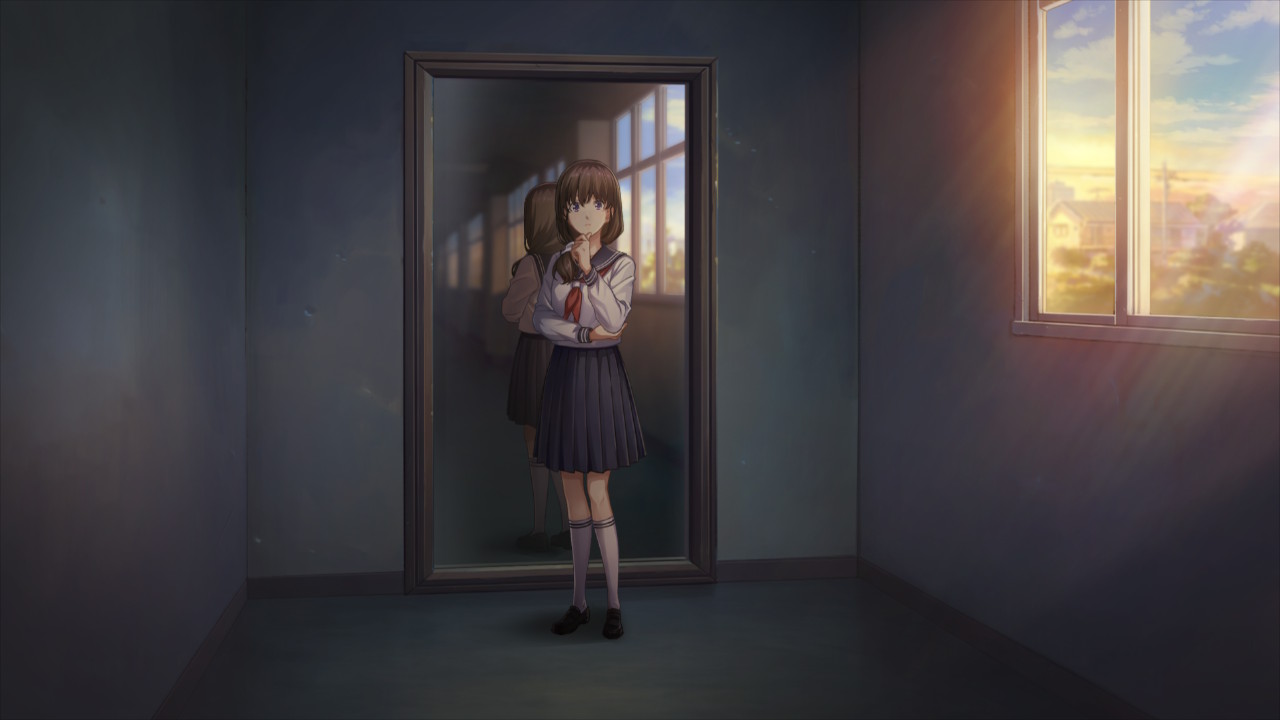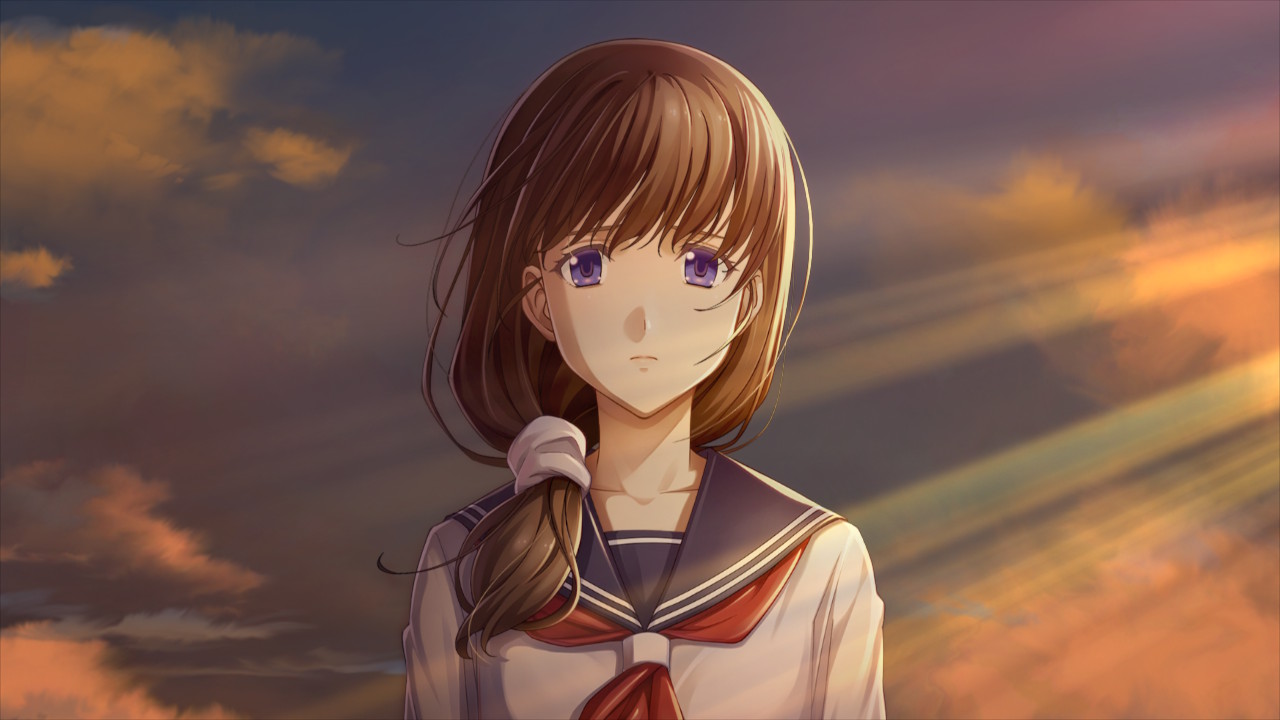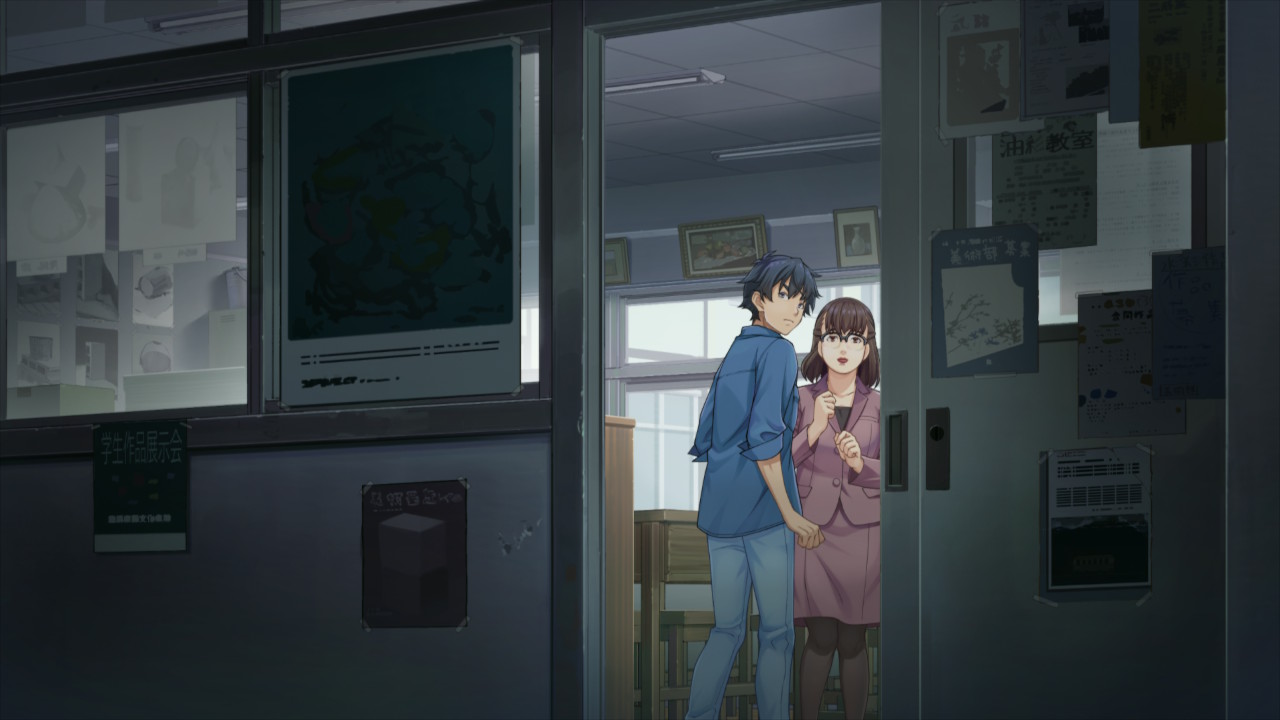GamesRadar+ Verdict
A beautiful-looking game, which is perfect for those with a lot of patience and a natural desire to uncover the truth. I just wish it was more interactive and allowed to do more than just ask questions.
Pros
- +
Beautiful art style
- +
Twists and turns that keep you guessing
- +
Stories work well on their own but give extra info when both completed
Cons
- -
Doesn’t give you many hints as to what to do next
- -
Often makes you do things the long way which can get repetitive
Why you can trust GamesRadar+
With a game like Famicon Detective Club, you expect to feel like a detective. The clue is in the name, right? This remake, following 30 years after its original 1980s Japan-exclusive debut, is more about stumbling across the right answer than making you feel anywhere near like an investigator.

Release date: May 14, 2021
Platform(s): Nintendo Switch
Publisher/Developer: Nintendo
The way you're required to figure out the facts is by traveling from different locations interviewing suspects, witnesses, and those with any connection to the victim to deduce exactly what led to the murder. Just like the likes of Ace Attorney or any other interactive mysteries, players need to push their subjects' buttons to tease out the information they're looking for. But, in Famicom Detective Club, opportunities to discover actual clues are so badly signposted, you end up feeling more frustrated than clever.
I expected interviewees to give small hints in their alibis or retelling of events that would lead me to want to ask further questions. However, during both games included in this package - The Missing Heir and The Girl Who Stands Behind - I felt constantly lost as to exactly what I was supposed to say, ending up just cycling through the different options until I got the answer I was looking for.

Sometimes I’d be at my wit's end trying to suss out exactly what dialogue option to press to progress before realizing that I had to select the same option again to get them to further explain their point. Occasionally I even had to trigger things that I would have had no way of knowing were available to interact with and only discovered as I frustratingly clicked around every part of the screen attempting to get any kind of reaction.
This caused endless repetition that saw me traveling to locations over and over, speaking to the only person around and asking them everything you can, only to make no progress. It's easier once you figure out the tricks and tips to getting what you want out of these conversations, but it's a process that could have been better defined from the get go. I did feel like after I had played the first game The Missing Heir, I had figured out how the game wanted me to play and managed to get through The Girl Who Stands Behind much quicker and more smoothly.
Hanging on every word

However, it does help that the stories are interesting enough to propel you through the frustrations. The first game in the series, The Missing Heir, sees players taking on the role of an assistant detective as he investigates a high-profile murder case. The death in question is Kiku Ayashiro’s, the CEO of the Ayashiro corporation, who leaves behind the Ayashiro estate along with the rest of her wealth and family. Our young detective must not only find a way to solve the mystery behind Kiku’s death but also seek to regain the memories that he lost due to a mysterious incident during the investigation.
The sequel to The Missing Heir, which I later found out is actually set before the events of the first game, follows the same detective as he starts out at Utsugi Detective Agency and takes on one of his first cases. After high schooler Yoko Kojima’s body washes up in a local river, Detective Utsugi’s latest trainee must find out what happened to Yoko and why the ghost story of The Girl Who Stands Behind keeps coming up during the investigation.
What made these stories so compelling to experience was the way that they kept you guessing from start to finish. Even when I thought I had figured out exactly who the killer was, I was always surprised by a sudden reveal or twist in the story which caused me to re-evaluate my initial suspicions. Like every good mystery, I was constantly changing my mind about who the killer is, what their motive was, and how they knew the victim until it was finally revealed and I was usually still wrong.

The game’s characters are somewhat memorable with the more exuberant personalities standing out above the rest. However, on some occasions, it did start to get confusing - especially in The Missing Heir - when you are suddenly introduced to several members of the cast all at once. There is a handy notebook section of the game though where I was able to read over any discoveries I had made about each character and decide for myself who I should be suspicious of.
I also loved the connectivity between the two games. Playing them so close together allowed me to notice small easter eggs and references between the two, which helped me to piece together the two games’ timelines and begin to understand the story as a whole. It was rewarding seeing how characters had grown and developed once I had technically gone back in time in the second game and witnessed where the characters got their starts, how they knew each other, and how their journey in one game led them to the second one.
Putting the visuals in visual novel

However, the strength of the stories also left me wanting a little more in the way of interactivity. Although these kinds of games are mainly built on piecing together the clues you find and tips you’re given from the characters, I would have loved to have been given a little more to do during my playthrough.
There are times where players are asked to input character/location/item names into a text box to solve a piece of the puzzle, as well as elements of examination that require you to look at an item or assess a body to come to the conclusion of what happened. But, the majority of the gameplay is just pushing A to advance text and cycling through different responses in the menu. Which again could become tedious at times, especially if you weren’t completely invested in the story.
It also doesn't help that the character customization options aren't exactly as customizable as you'd hope. Pretty early on in the first game players are asked to give the character you control a first and second name. What I didn’t realise however is that you are actually playing as a Japanese guy in his late teens, so I spent the entire game being referred to as “Mr. Hope Bellingham”, which didn’t affect much but did take me out of the story a little. It just would have been nice to be given the choice of gender for my protagonist or been given a list of names to choose from which would have fitted the character better. Especially since you can import your character’s details over into the second game you play.
Of course, it's hard to talk about Famicom Detective Club without talking about the visual elements. This visual novel does the genre proud, especially in its ability to bring the originally perceived 2D characters to life. I’m so used to visual novels being primarily a 2D manga-style affair that I was pleasantly surprised to see that characters were able to shift and manipulate themselves in 3D without looking like an early 2000s 2D animated flick that's incorporated random CGI elements into it.

As you’d expect, the background art and character designs are the highlights of the game. The visuals remind me of mesmerizing anime films such as Your Name where you question if the images you’re looking at on-screen are illustrations or actually taken from stills of Japan. The recurring character in both games Ayumi Tachibana was particularly stunning from her first appearance in The Missing Heir where her hair and skirt swayed in the breeze as she spoke, up to her more frequent appearances in The Girl Who Stands Behind.
I would love for this to be the start of Nintendo producing more visual novels, especially if they use Famicom Detective club as a jumping-off point and explore more supernatural themes similar to The Girl Who Stands Behind. I think there’s so much more to see of the main protagonist, Ayumi, and the rest of Utsugi Detective Agency but just feel that the gameplay would need to be reworked to include more interactivity in order for it to work better as a detective game and less like a Nintendo Switch anime.
Reviewed on Nintendo Switch using a code provided by the publisher.
More info
| Genre | Visual Novel |

After studying Film Studies and Creative Writing at university, I was lucky enough to land a job as an intern at Player Two PR where I helped to release a number of indie titles. I then got even luckier when I became a Trainee News Writer at GamesRadar+ before being promoted to a fully-fledged News Writer after a year and a half of training. My expertise lies in Animal Crossing: New Horizons, cozy indies, and The Last of Us, but especially in the Kingdom Hearts series. I'm also known to write about the odd Korean drama for the Entertainment team every now and then.



